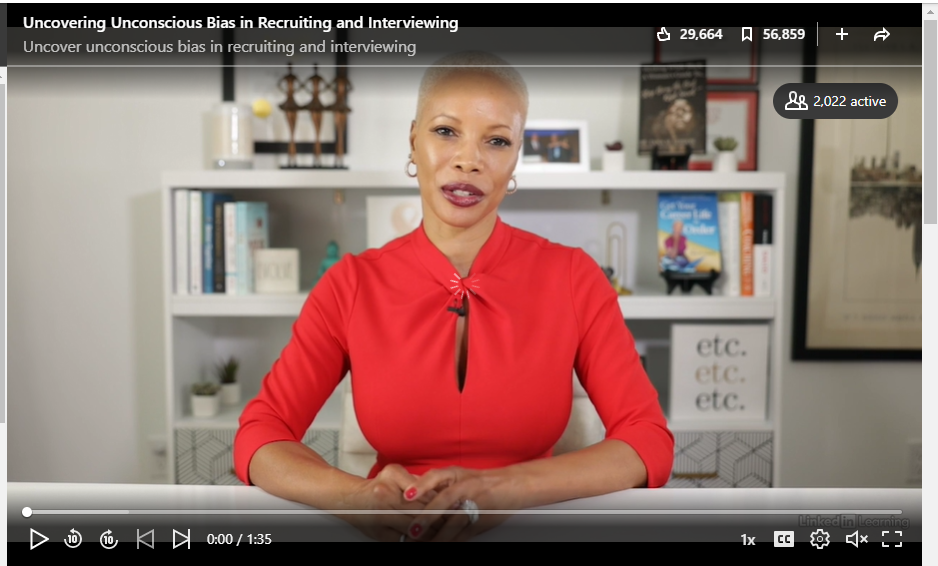Creating diverse teams requires most functions in a business to play an equitable role. But how do recruiters and talent and hiring managers – internally and externally – ensure that candidates experience a fair process, that is free from all conscious and unconscious biases?
Identifying your biases
The reality is we all have biases and are prejudice in some way. Intentional and non-intentional. Known and unknown. Seen and unseen. The Implicit Association Test (IAT) was created by a group of scientists who, through a long-term research project at Harvard University, aim to measure people’s preferences for certain social groups over others. How it works is simple: you are given two sets of pictures and two lists of words with positive and negative associations. The pictures and words flash at random on a screen, and you make your selections when the words flash up at the same time as one of the sets of pictures. The Guardian newspaper reported that “more than 4.5 million people have taken some version of the test online, and the data collected so far indicates that the majority of us have a slight preference for our own race, and that more than 80% of us have a bias against the elderly.”
Eliminating biases from your decision making
If we as human beings hold recognised preconceptions against groups or associations, how much more do our conscious or unconscious biases impact our decision making as professionals in the workplace?
For recruiters, hiring managers and talent leads who speak to candidates, our decisions should be free from prejudgment. A candidate’s suitability for a role should authentically be based on:
- The required skills for the role.
- Their achievements.
- The value they could bring value to the role and the team.
- Their passion and motivation for applying to the company.
Candidates cannot identify biases when being interviewed, but it is up to us as decision makers to ensure that we regularly do self-assessments to safeguard that our interview and recruiting methods allow us to present a diverse pool of candidates for the roles that we fill.
As a LinkedIn Learning Author Dr Tana M Session says that despite our best efforts, bias is a contributing factor in our decision-making. She even goes on to say that unconscious bias is even more precarious, as we are often unaware that it is a factor in our decisions. In her course, “Uncovering Unconscious Bias in Recruiting & Interviewing,” Dr Session walks you through how to define a number of unconscious biases, as well as how the biases can impact your decision-making and how you can combat them when recruiting and hiring qualified candidates.

Takeaways
By the end of her course – which you can take on LinkedIn for free – you should walk away with an understanding of:
- The purpose and benefits of a panel interview and an interview scorecard in the recruiting and interviewing process.
- Apply appropriate actions to minimise bias used in recruiting and interviewing.
- Distinguish the impact different biases have on the recruiting and interviewing process.
- Determine the key factor for negating bias in decision-making.
If you find the course to be of value to you, why not share the course with your recruiting teams? Open discussions about the course could provide an opportunity to have viable conversations that create positive solutions, to strengthen the interviewing and recruitment systems processes in your company.
To discuss further, please get in contact with our Managing Director, James Cumming.


